During my photo shoot, focusing on focus and isolating certain parts of objects/scenes was the primary aim. These are my preferred images from the shoot.


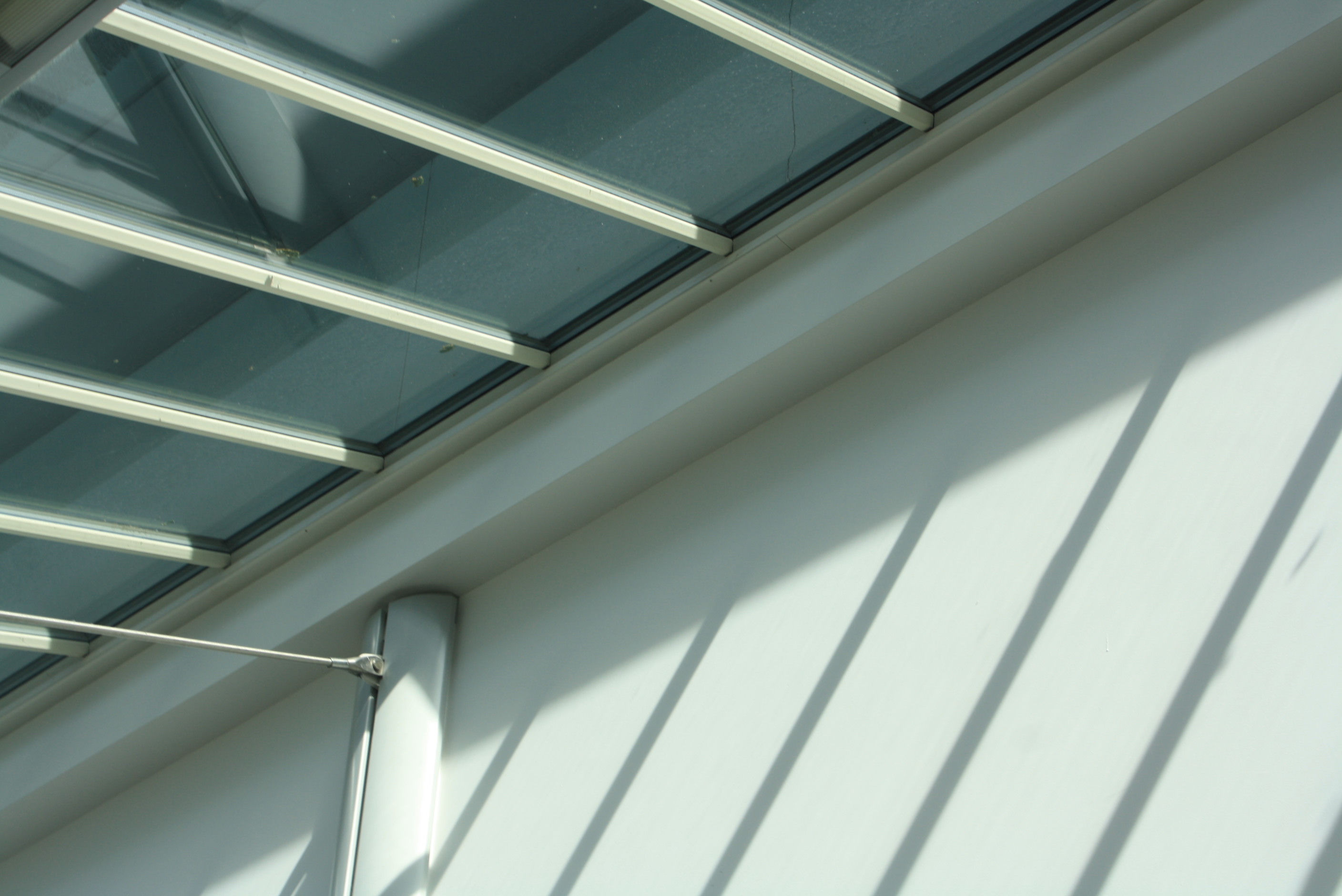



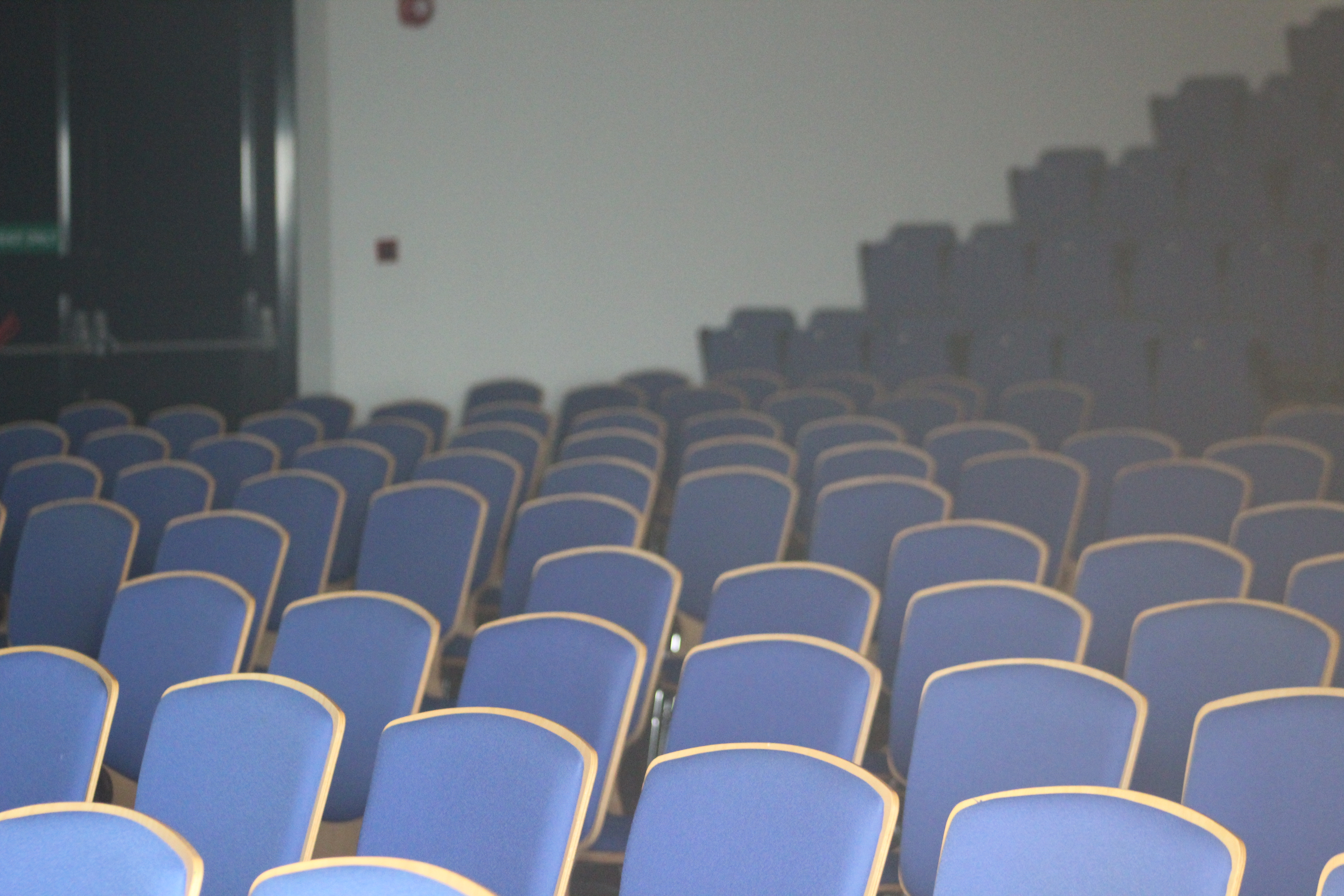



During my photo shoot, focusing on focus and isolating certain parts of objects/scenes was the primary aim. These are my preferred images from the shoot.










THE PROCESS:
This was my take on the method of double exposure, which creates a blurry, fuzzy, duplication of the original image. This was a fairly simple photograph to create, first starting by slightly editing the original images to saturate the colours as the image tends to be quite dull without it in the finishing stages. I also increased the contrast in the image as I found that in the final piece, the glass disappeared due to its transparent appearance. I chose 3 images with the same composition but with slightly different angles.
I layered the 3 images on top of each other and by using the opacity tool, I changed how each images opacity was. The higher the opacity the stronger the image appears. When creating these images it is essential that the opacity of each image is similar to the opacity of the other two in order to create the sort of motion blur affect seen below. To finish of, I flatttened the image to merge the 3 together.

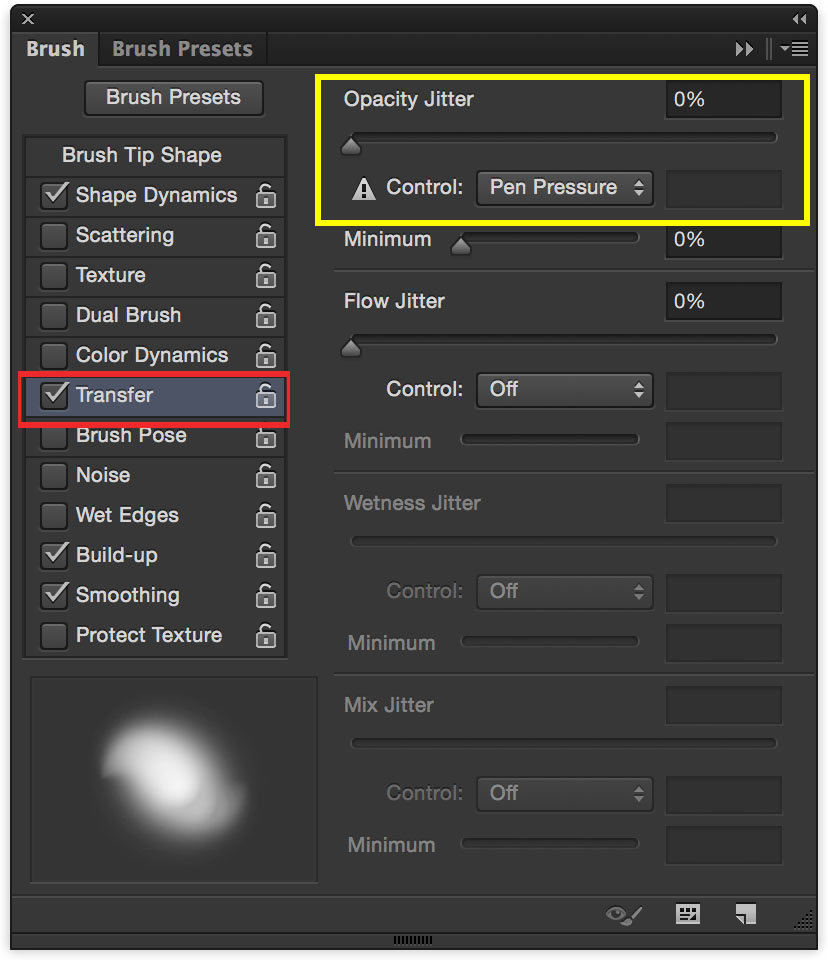
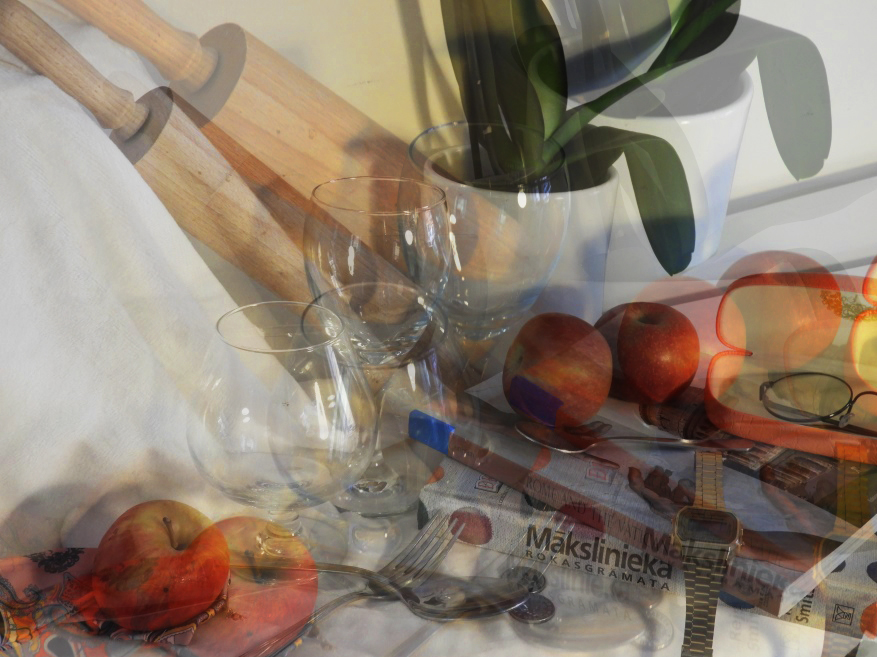

I have edited this image and created a kaleidoscope image by doing so. Firstly, to do this I have put the image into photoshop and cropped an edge because I did not want it in the image.
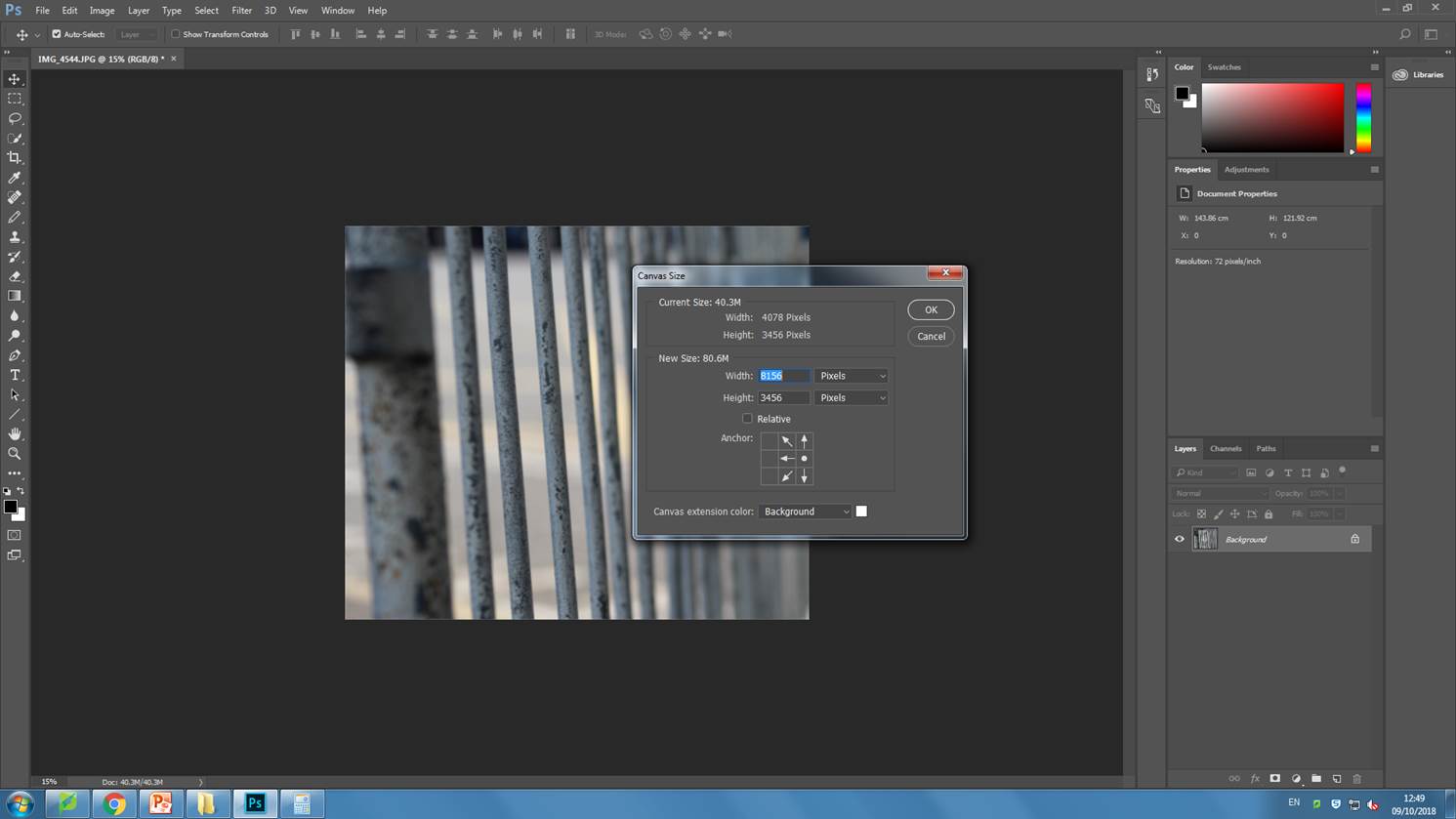
Secondly, I have gone to image > canvas size so that I could double the width of the canvas. Then I used ctrl+j to create another layer with the same image on it.

I then transformed this image by clicking ctrl+t and flipped it over by grabbing the middle box on the right side of the original image and pulling it over all the way to the far left.
I then flattened the outcome into one layer and changed the canvas size again to make it double the height and then copied the image to a new layer and transformed it to flip it up to create the final image.

On photoshop I opened up an image of an abstract photo and changed the canvas size so I could copy the image and rotate it to the left horizontally. I did this two more time for the top part of the canvas to create an abstract image composed of 4 of the same image. I think the two final outcomes came out well as they do not appear to look like the original image. The repetition of the same image helps to emphasise the formal elements, creating an interesting abstract photo.

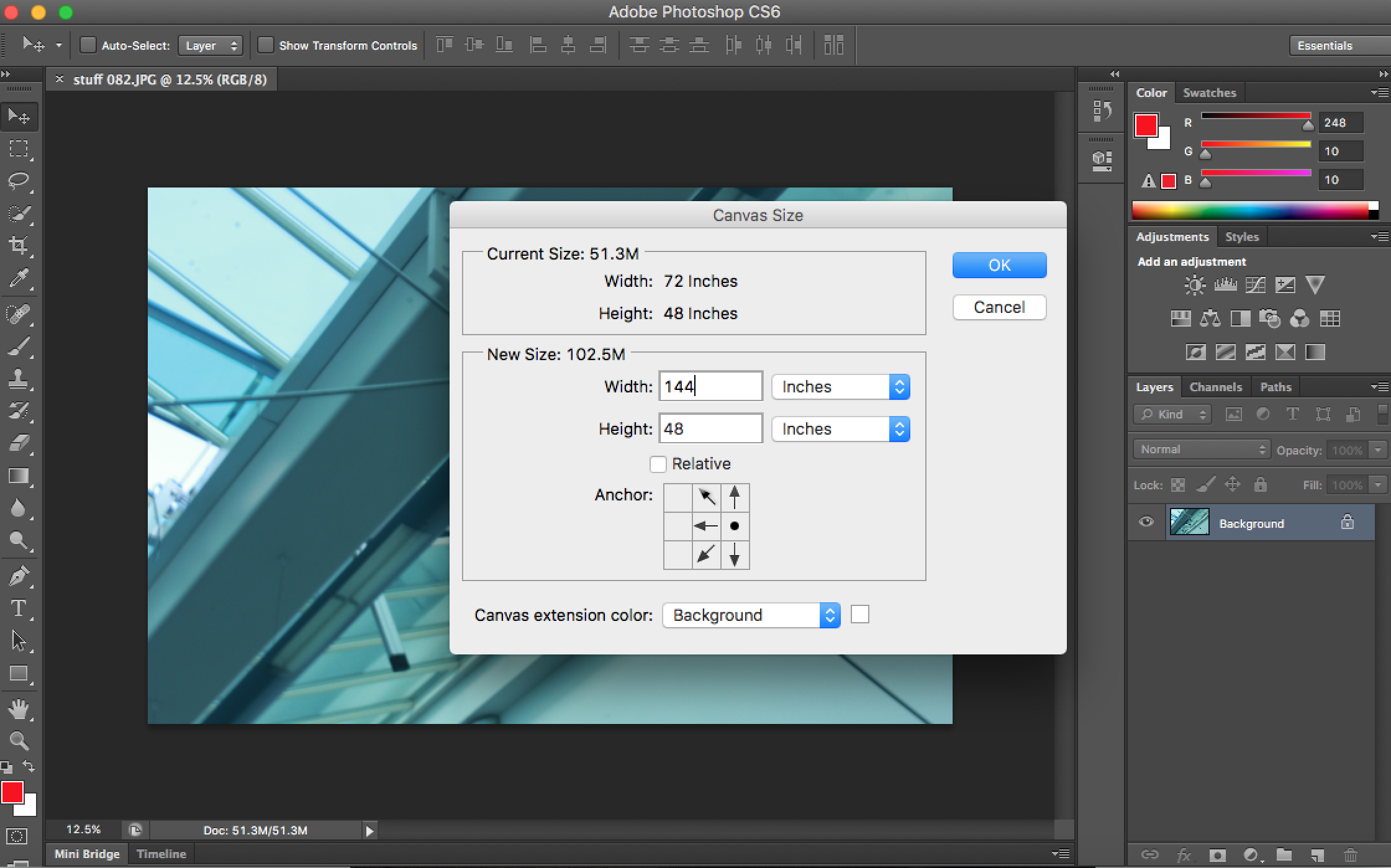


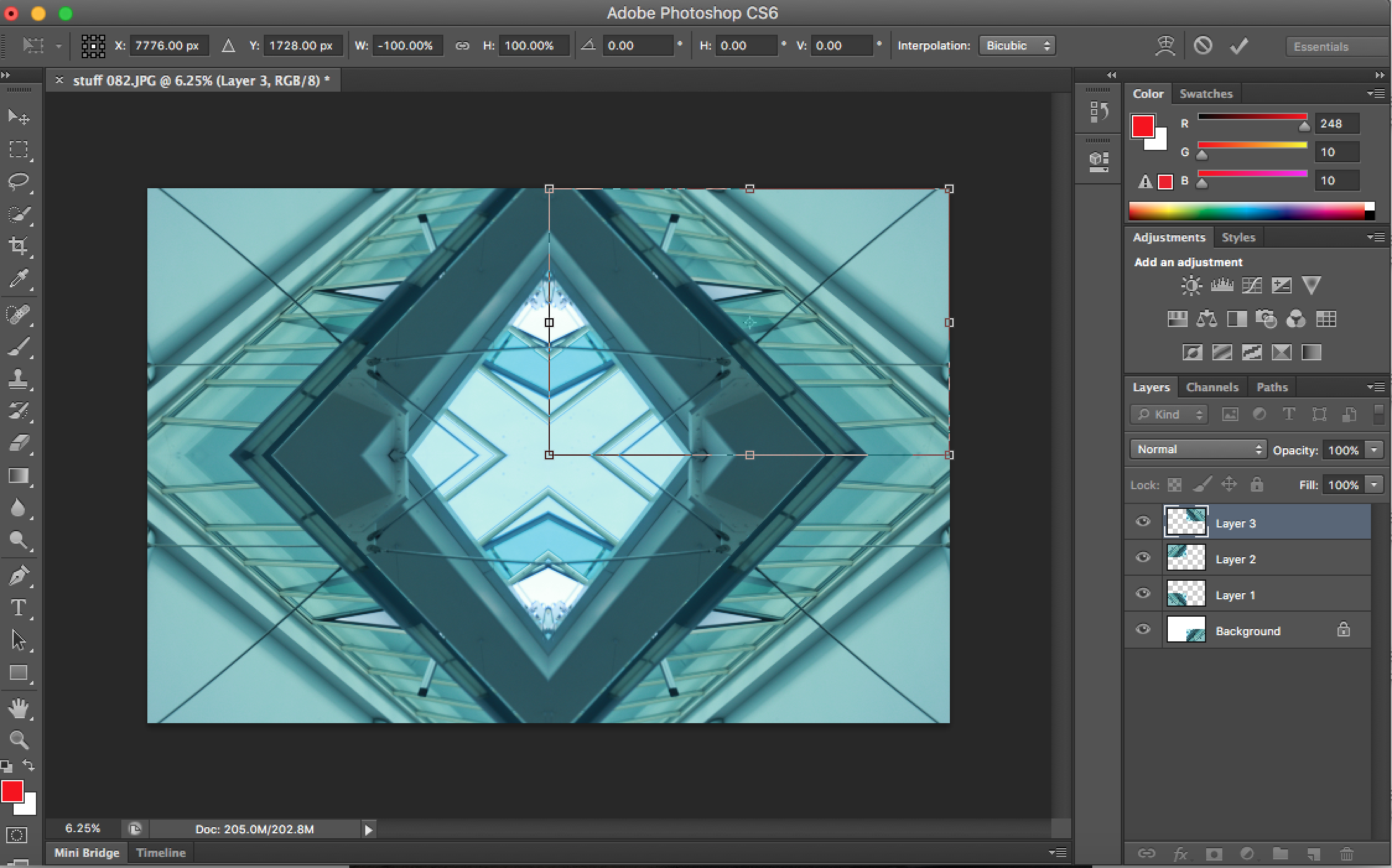


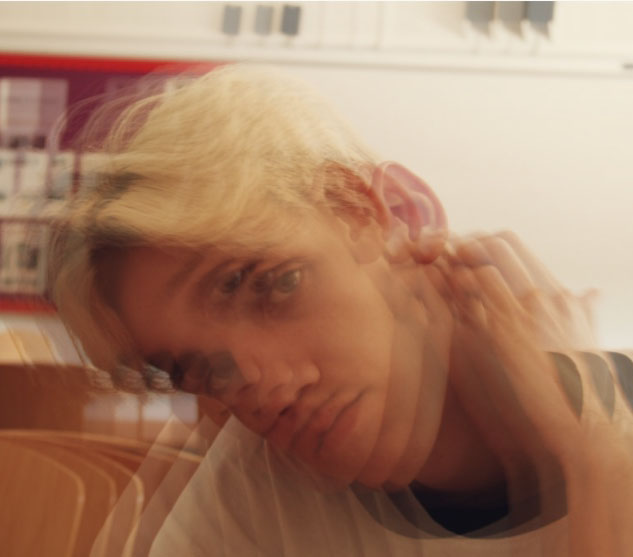

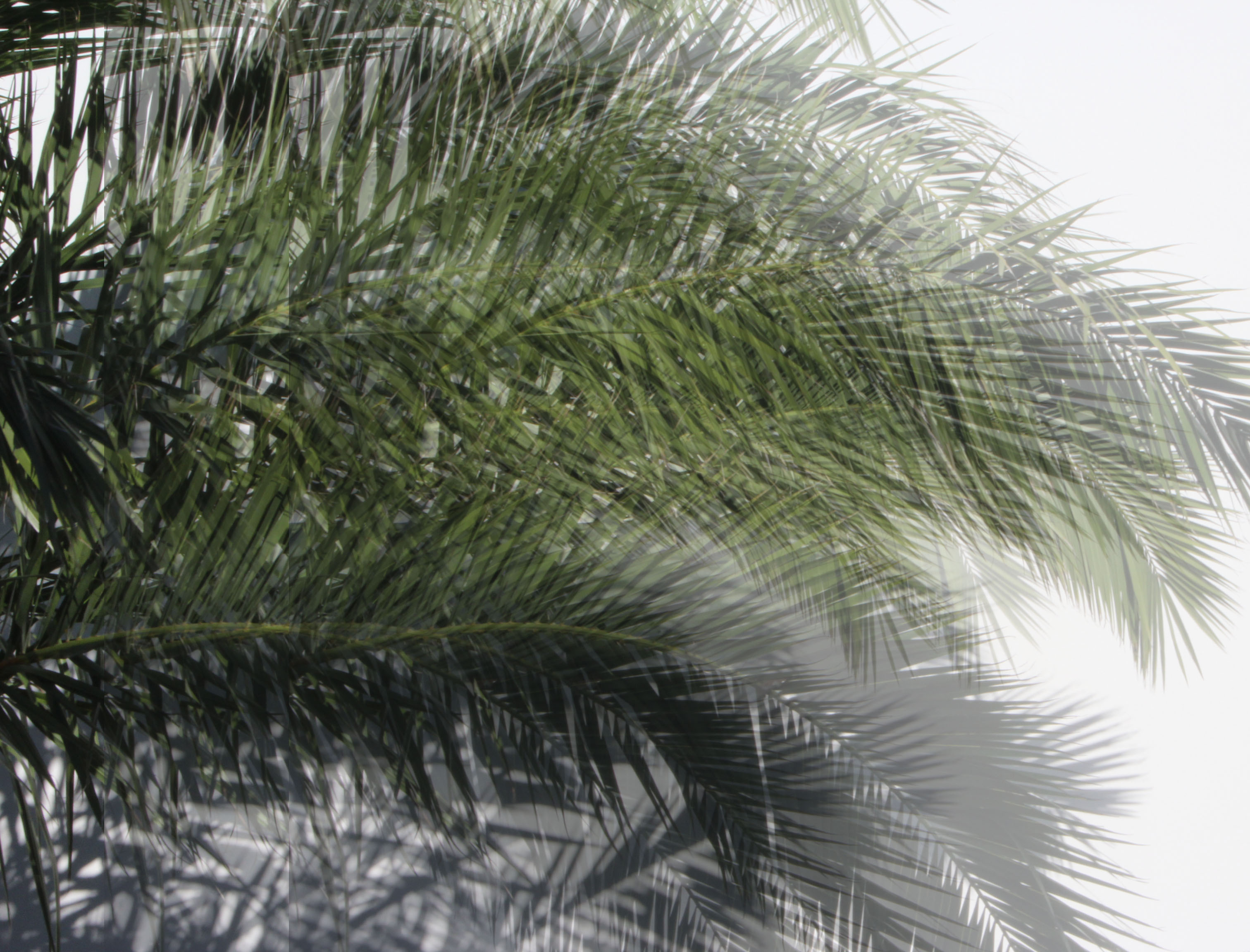
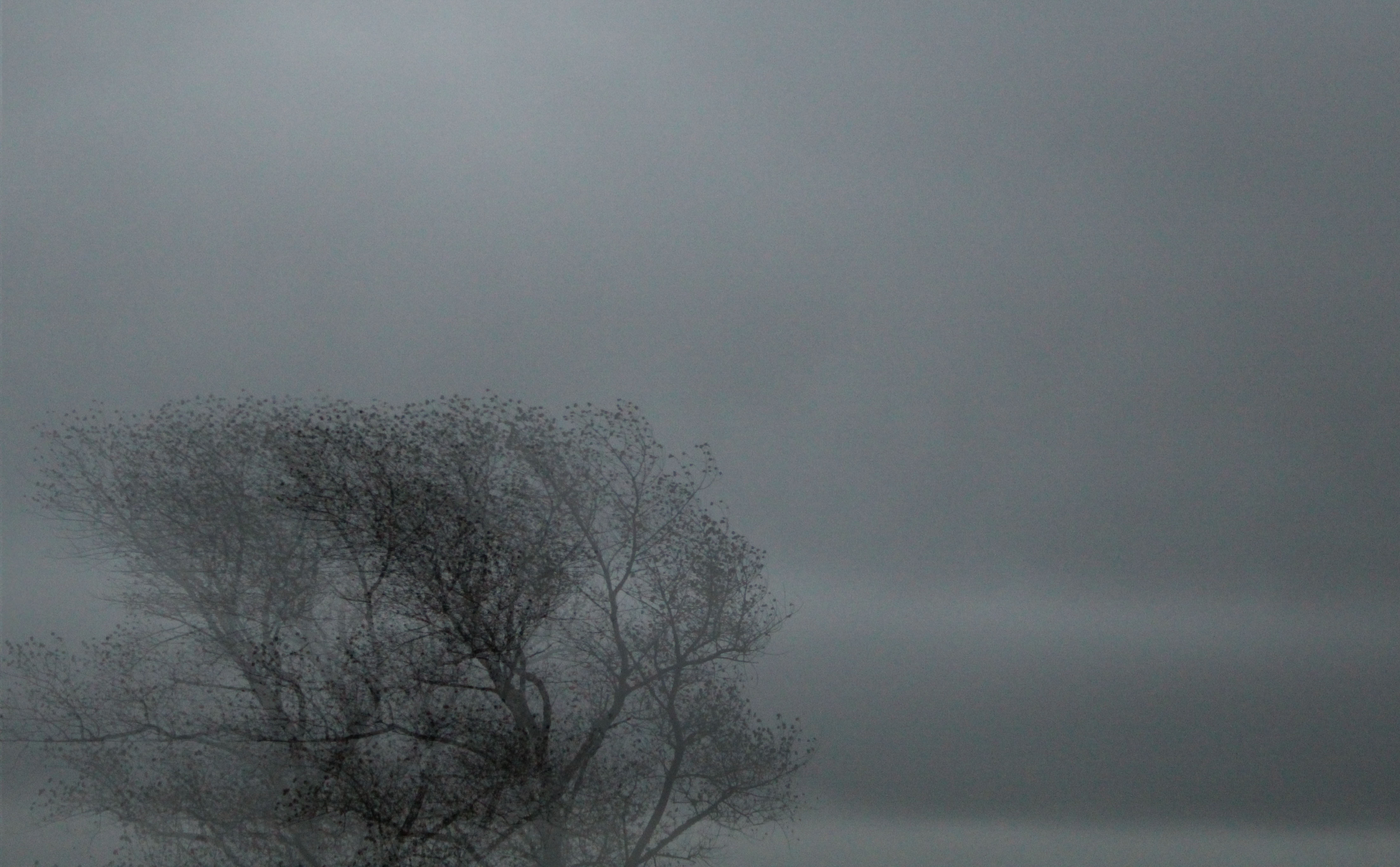
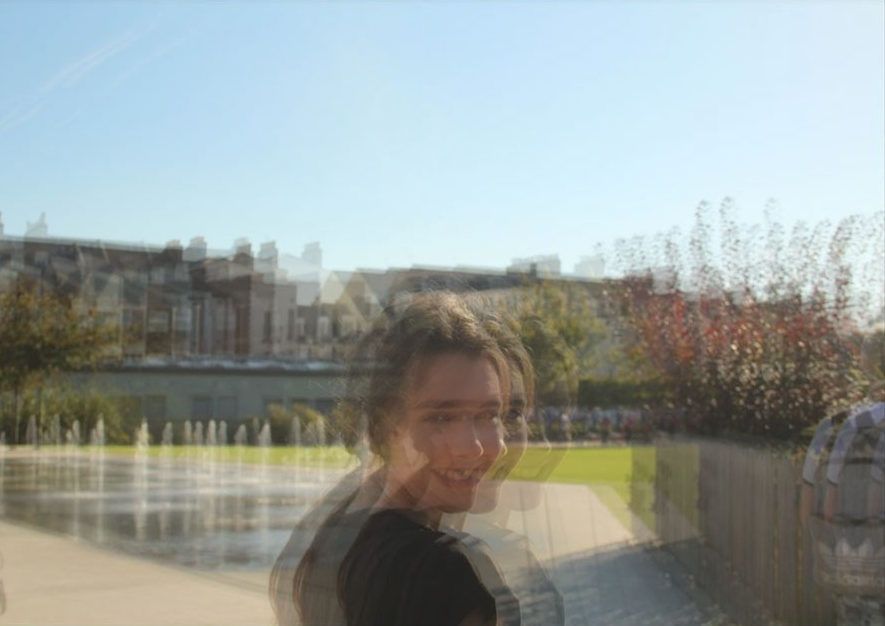
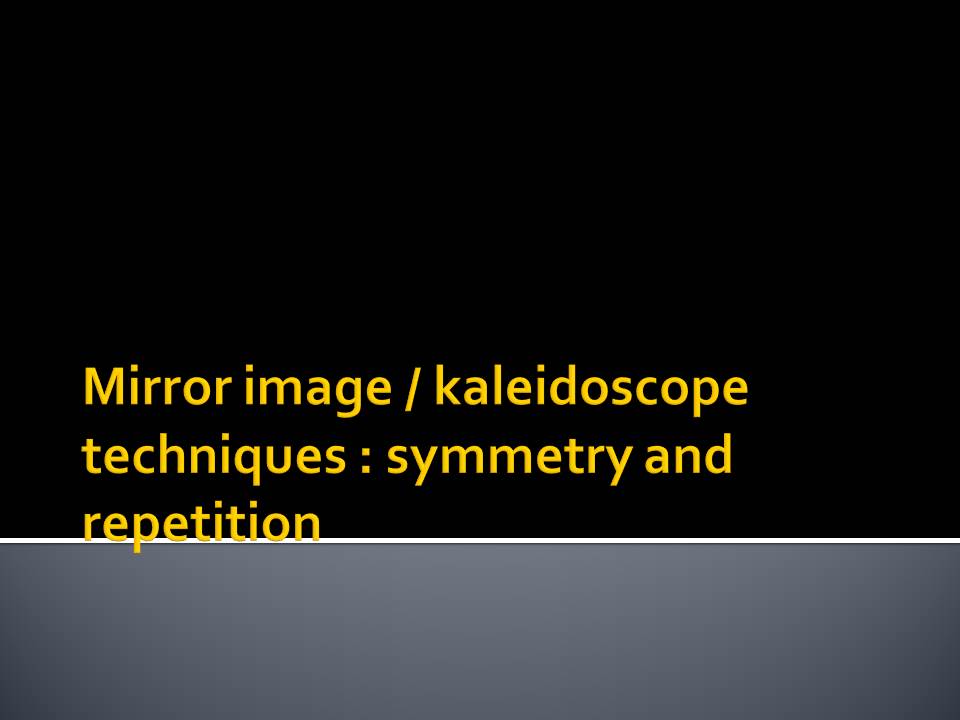



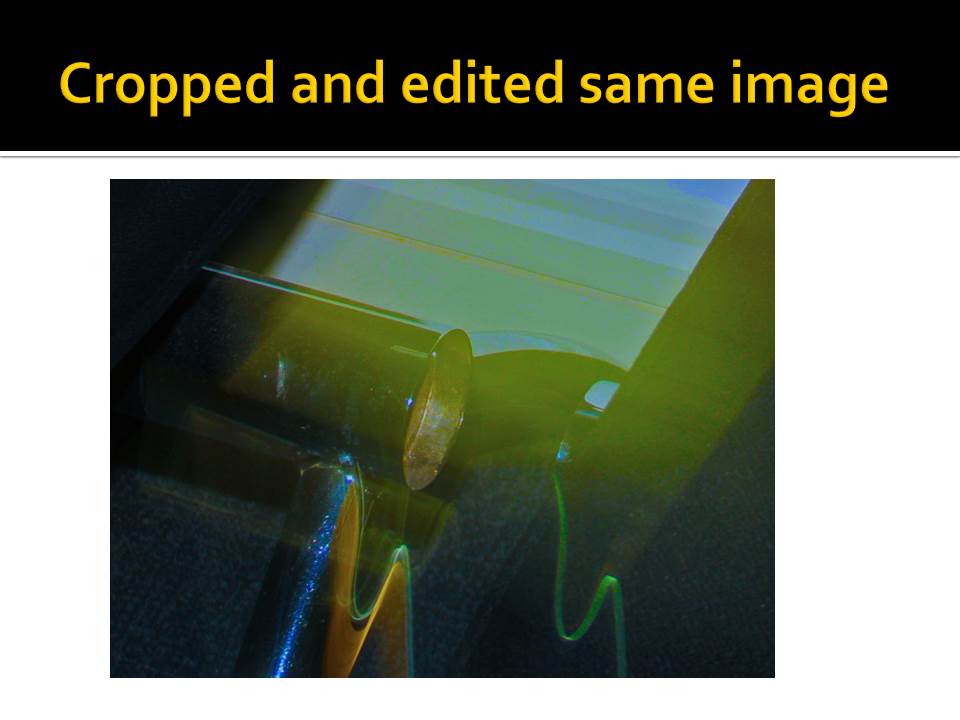
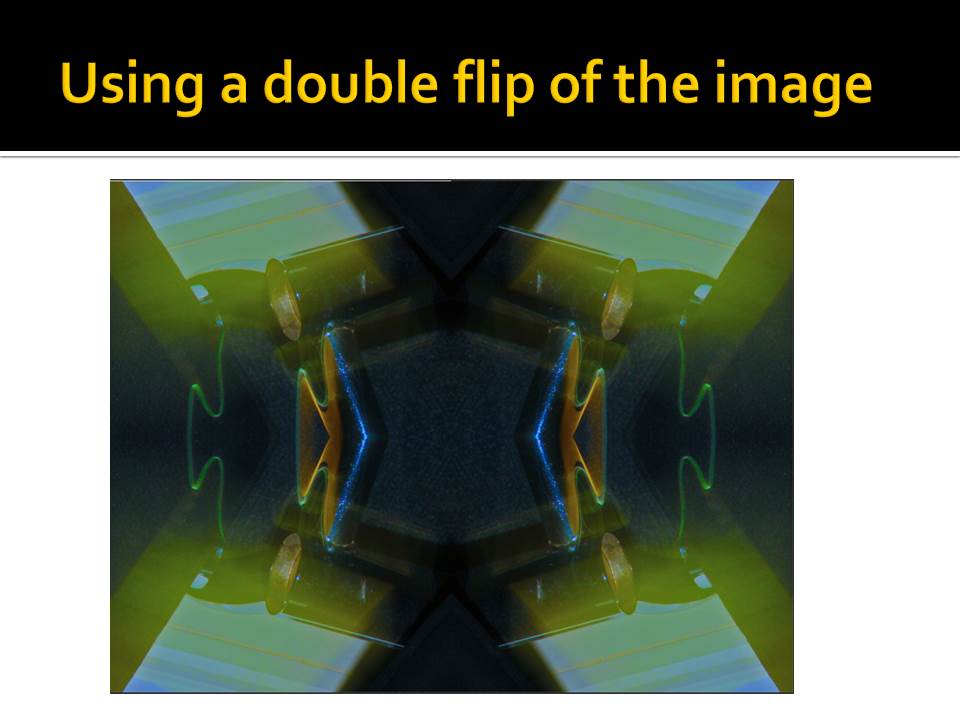
I have tried a few different ways of focusing on specific objects using the cameras to create effects such as creating a depth of field in some images. I have changed the focal length and have tried using auto focus and manual focus to see the better parts for each and how each are worse than others.
I have tried using manual and auto focuses. Manual focus lets you properly choose what you want to focus on in the image. This can be very useful if you want something off center or that is quite small to be the main focus of an image as auto focus usually seems to try to get larger objects that take up more of the frame into focus. Although, auto focus tries to pick a focus point. This on a lot of recent cameras has been made very well and can usually pick out the point you want to focus on.
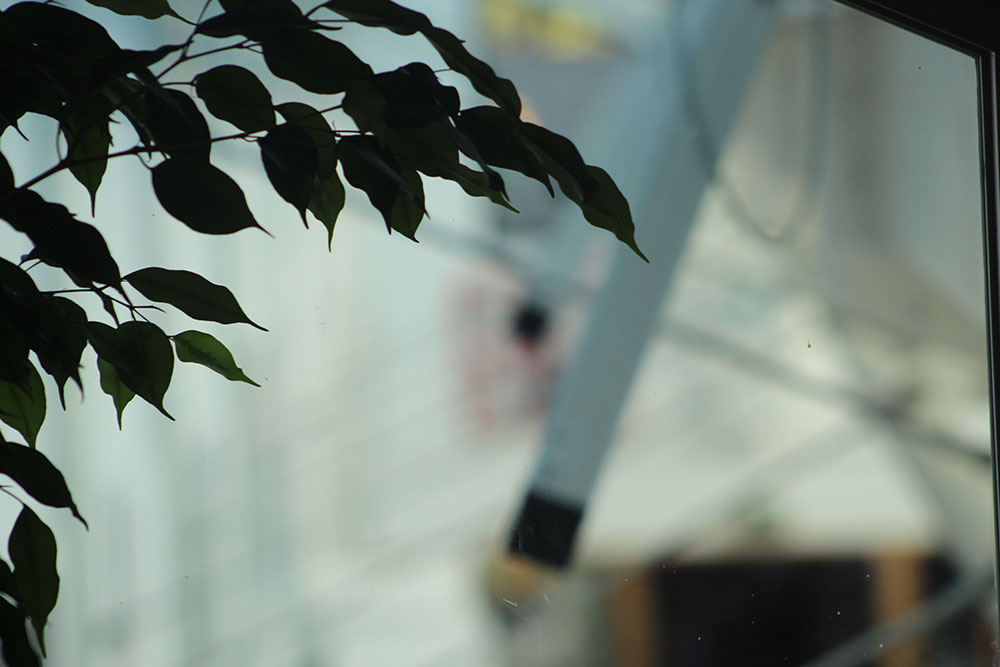
This is an example of an image that has used auto focus that hasn’t worked as planned. I wanted to take an image with the pole in the background as the focal point, but auto focus tried to focus onto the plant in the foreground of the image.
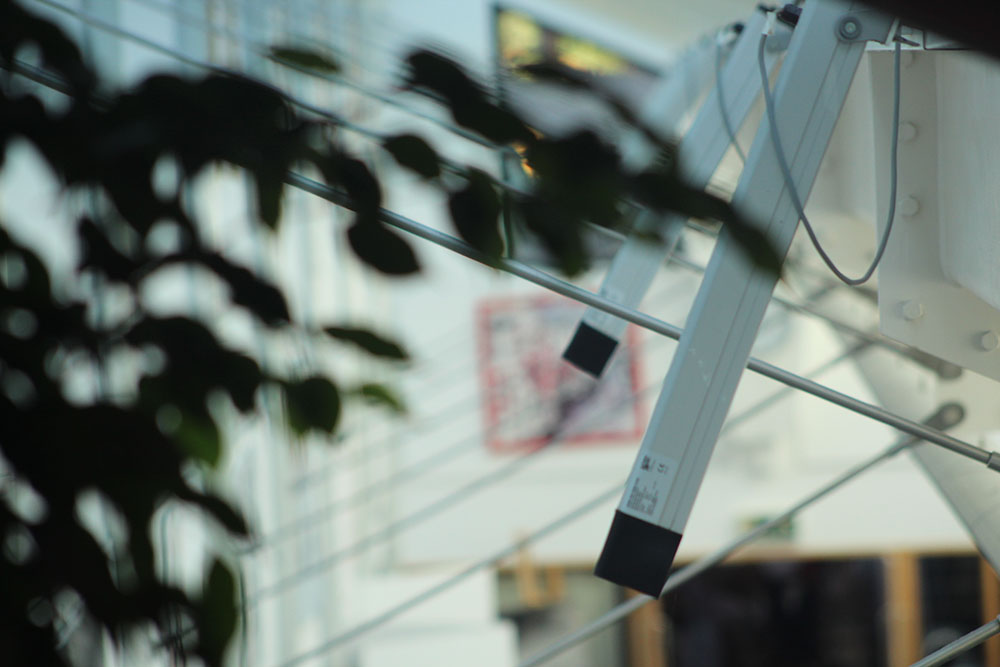
For this image I then changed it to use manual focus so that I could choose the focal point I wanted. Doing this created a nice depth of field effect behind the pole and blurred out the plant in the foreground.
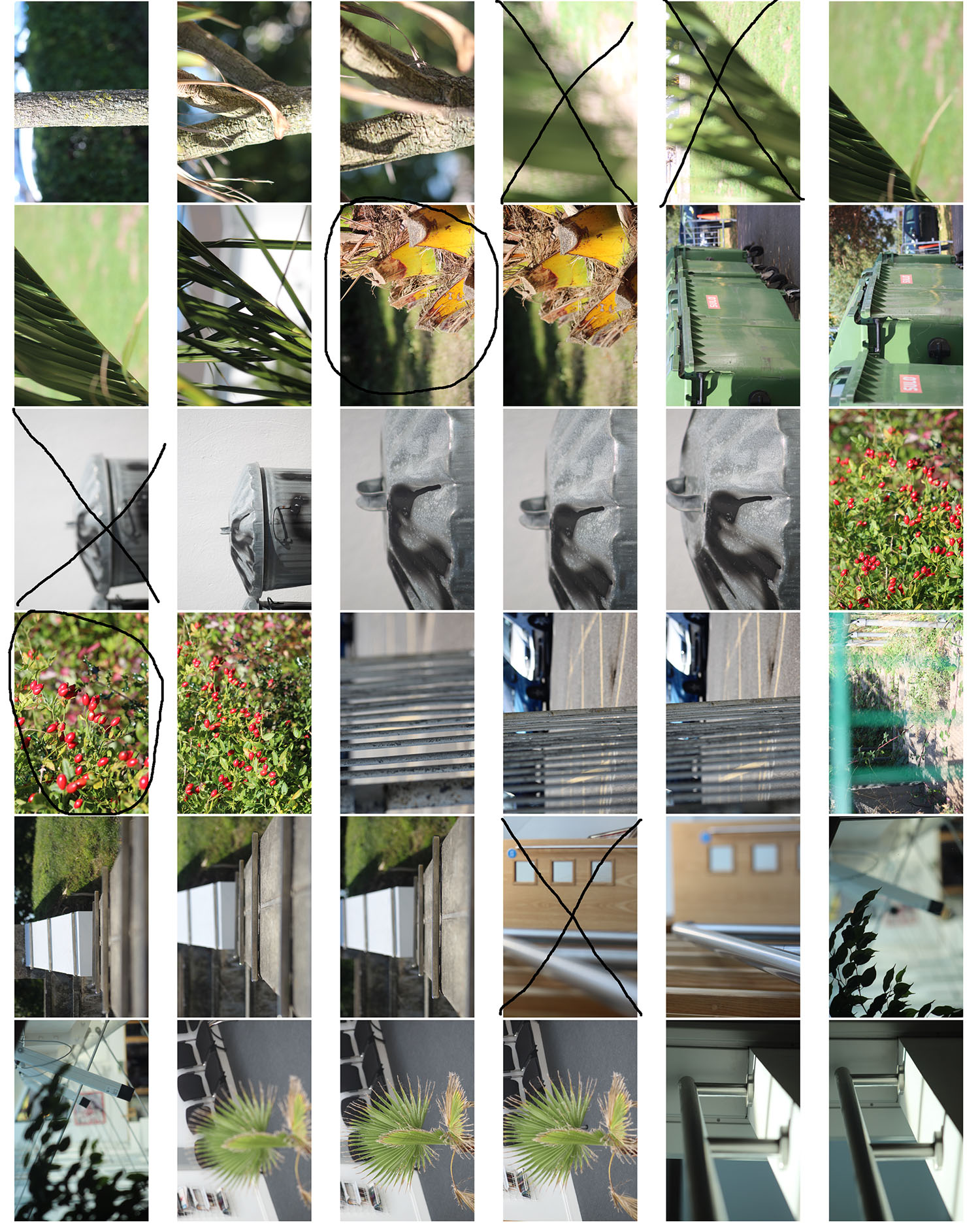
These are the other images I have taken by trying out different types of focuses, some of them I have used auto focus on and some I have used manual focus on. I have put them into a contact sheet and have put crosses and circles over some to show which may be worth looking toward editing and which I don’t like and don’t believe are worth using.
Jon Setter is a photographer who was born in Detroit, Michigan and is currently living in Sydney, Australia. He received a Bachelor of Arts from the College for creative studies in Media Arts and is currently pursuing a master of fine arts from the national art school. His photography mostly focuses on urban space and architecture. He walks around the city and photographs a different perspective. Jon makes use of repeated formal patterns such as colour, materials and textures and organizes them to create an abstract expression of space. He finds inspiration from all over, such as fashion campaigns or other artists he follows on Instagram. His main influences have been other architectural photographers like Stephen Shore, Thomas Struth and Michael Wolf.



Jon setter’s minimal urban photography will inspire me when capturing my own minimalistic photos. Like Setter, I will pay attention to colour and texture to create man made spaces into geometrically satisfying compositions. Photographing a different perspective will help me get the results I want to create abstract images. I will take around 100 images, select 5-9 from the contact sheet and edit them to correspond to his vibrant style.

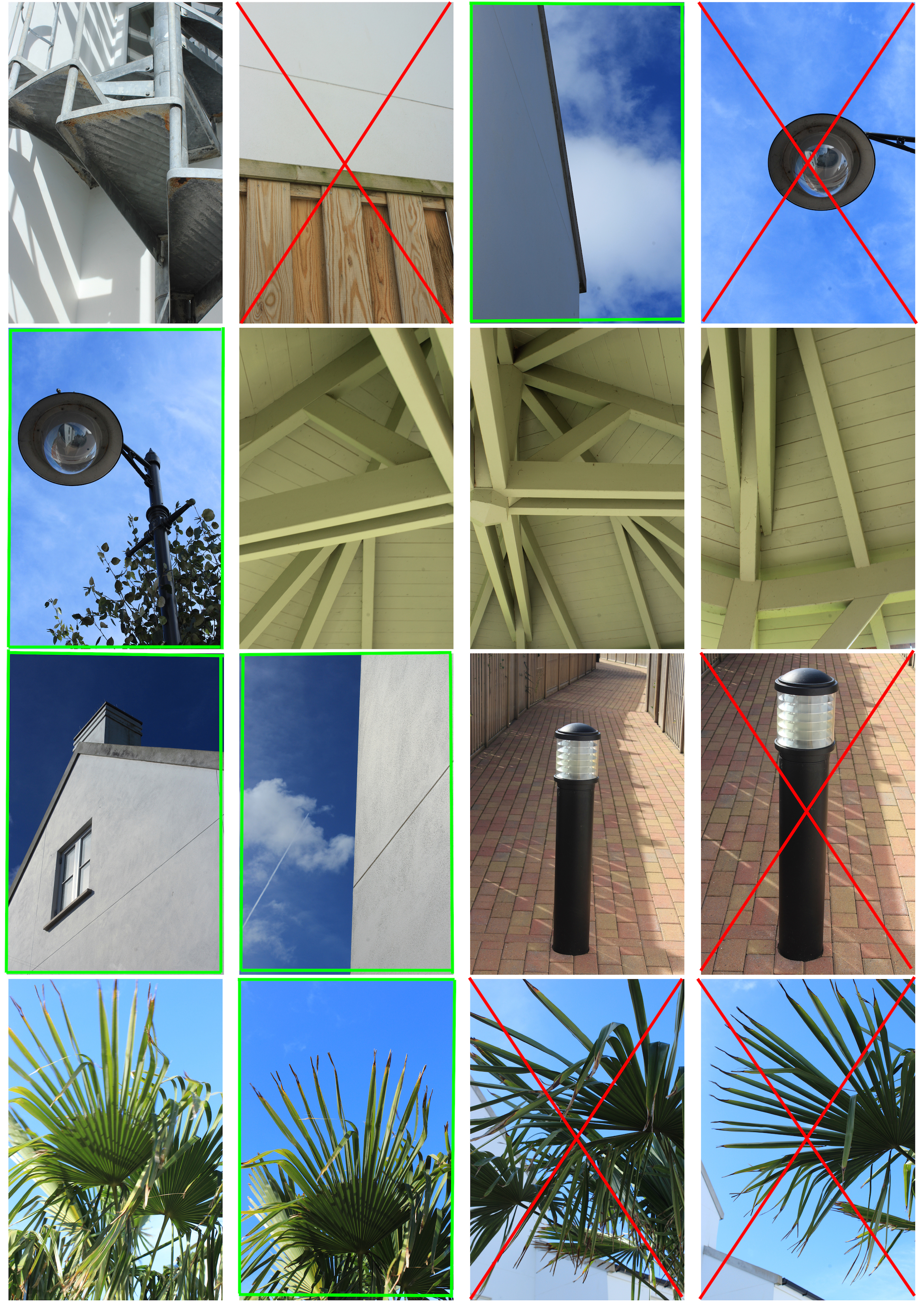
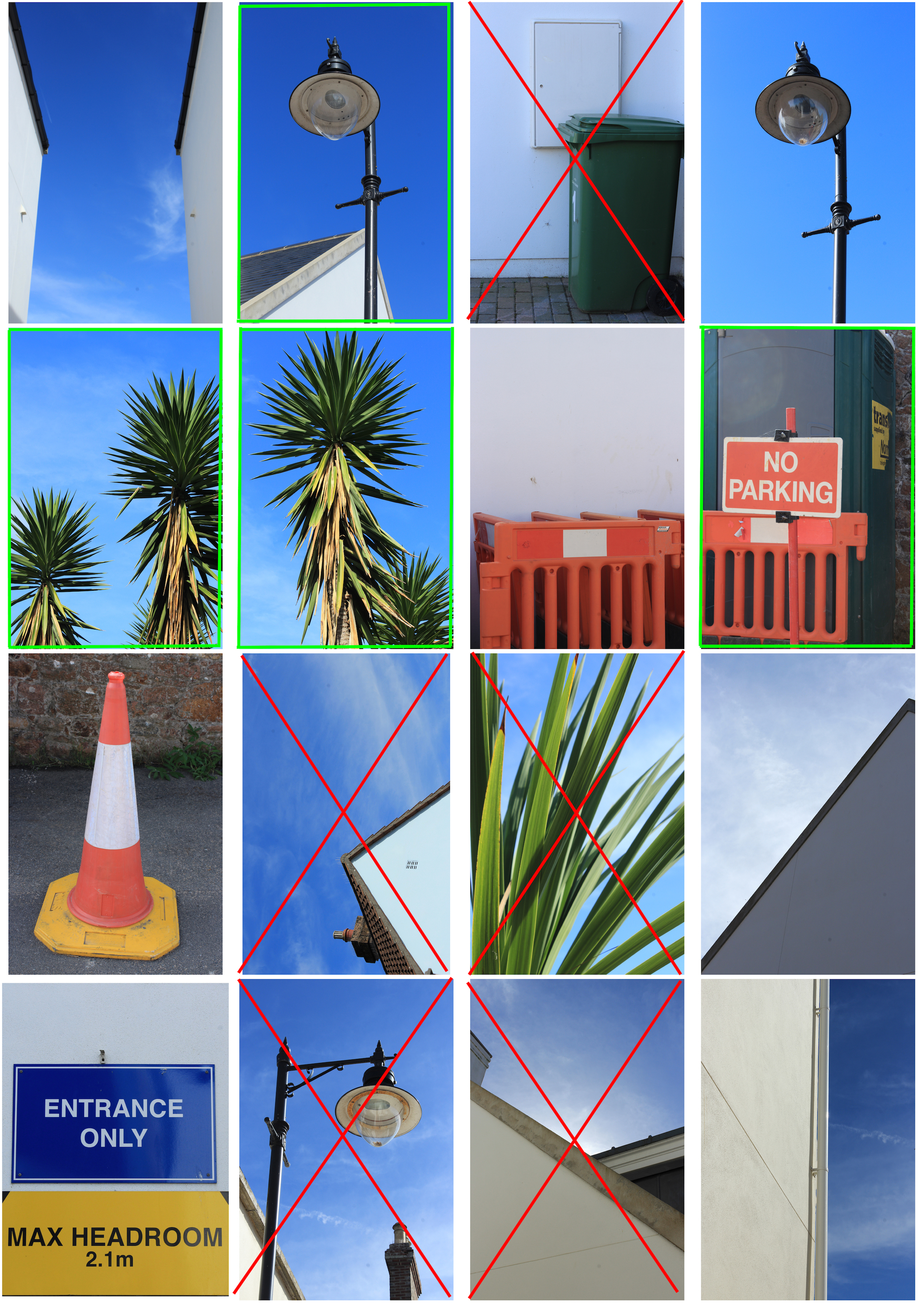

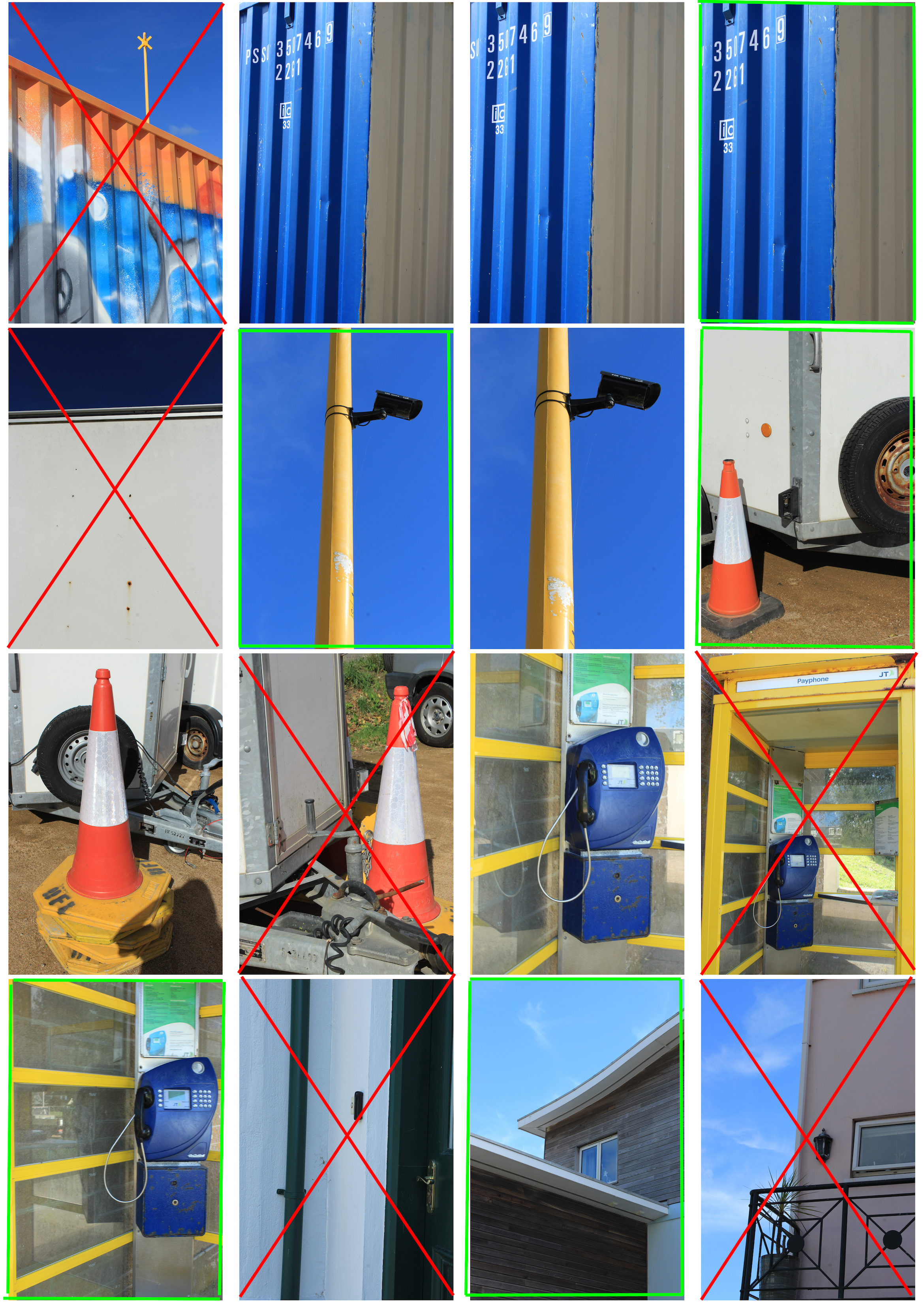

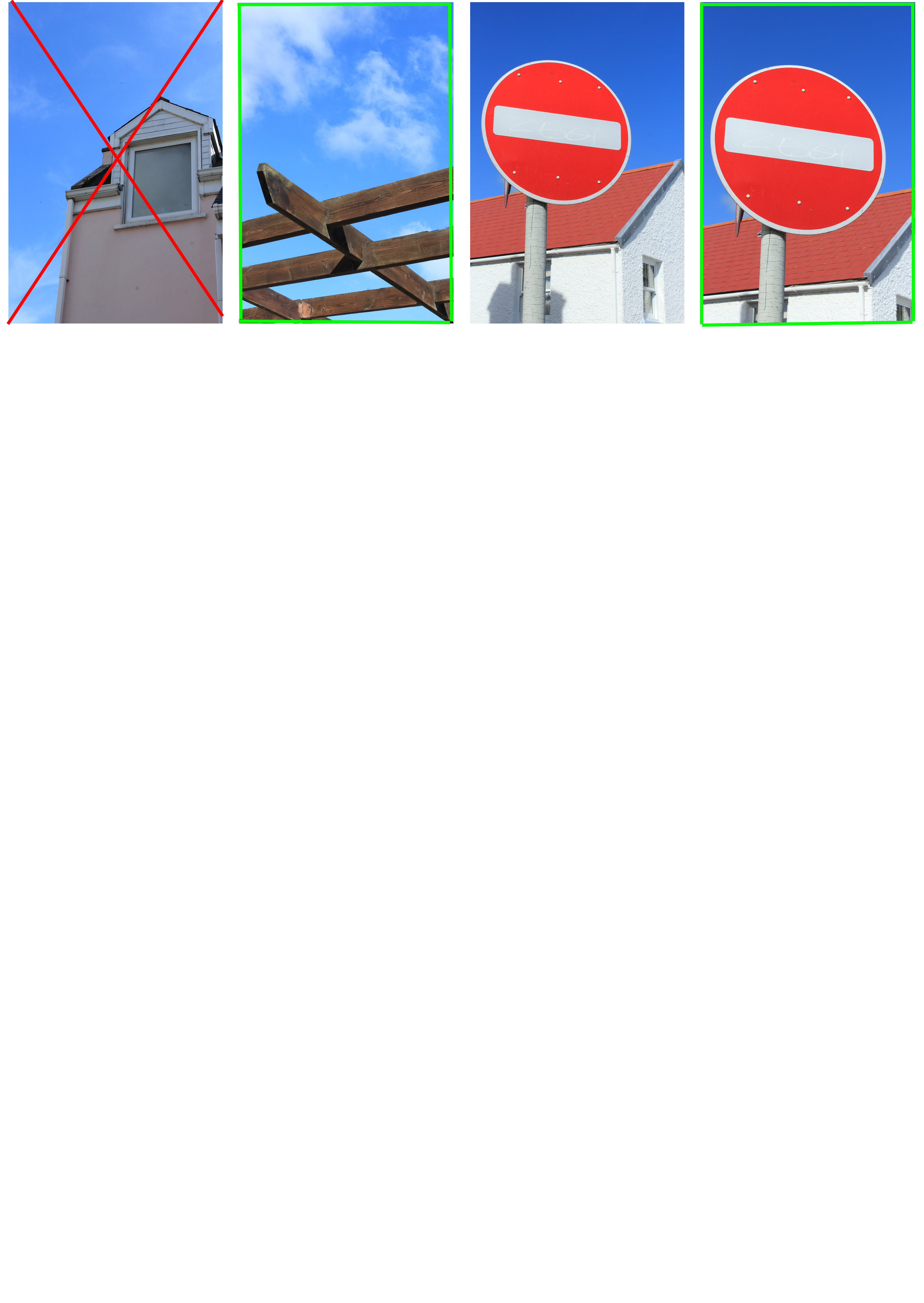







 After selecting eight images from the contact sheet, I opened up photoshop and edited them to reflect Jon Setter’s photographic style. I increased the saturation and contrast on each photo to created vibrant, bold and sharp images to emphasise the formal elements such as colour, shape, line etc. When capturing images on my camera I made sure to increase the aperture so my depth of field would be greater and my images would have a sharper background. Overall, I think that I replicated Jon Setter’s abstract images as my photos are simplistic yet visually interesting because of the dominant formal elements that capture the viewers attention.
After selecting eight images from the contact sheet, I opened up photoshop and edited them to reflect Jon Setter’s photographic style. I increased the saturation and contrast on each photo to created vibrant, bold and sharp images to emphasise the formal elements such as colour, shape, line etc. When capturing images on my camera I made sure to increase the aperture so my depth of field would be greater and my images would have a sharper background. Overall, I think that I replicated Jon Setter’s abstract images as my photos are simplistic yet visually interesting because of the dominant formal elements that capture the viewers attention.
For this experimenting process I wanted to show abstract photography in a unique way. I looked at only revealing certain parts of the photograph using different shapes, in order to present key elements and present the formal element of space and shape.
For this first edit I decided to use circles to reveal certain parts of the image. To start off with I opened up an image, which I liked and have already pre edited. I then added a clipping mask above this layer and turned the background of it white. I then turned down the opacity of this layer allowing me to see the background, which allowed me to see what will be shown by ‘cutting out’ a circle there. Then using the paint brush tool, I selected a circular brush and black paint, I then increased and decreased the brush size and pressed where I wanted the image to be revealed. I then turned the opacity of the layer back to full and added a drop shadow and a stroke which allowed the circles to stand out, adding an element of 3D.
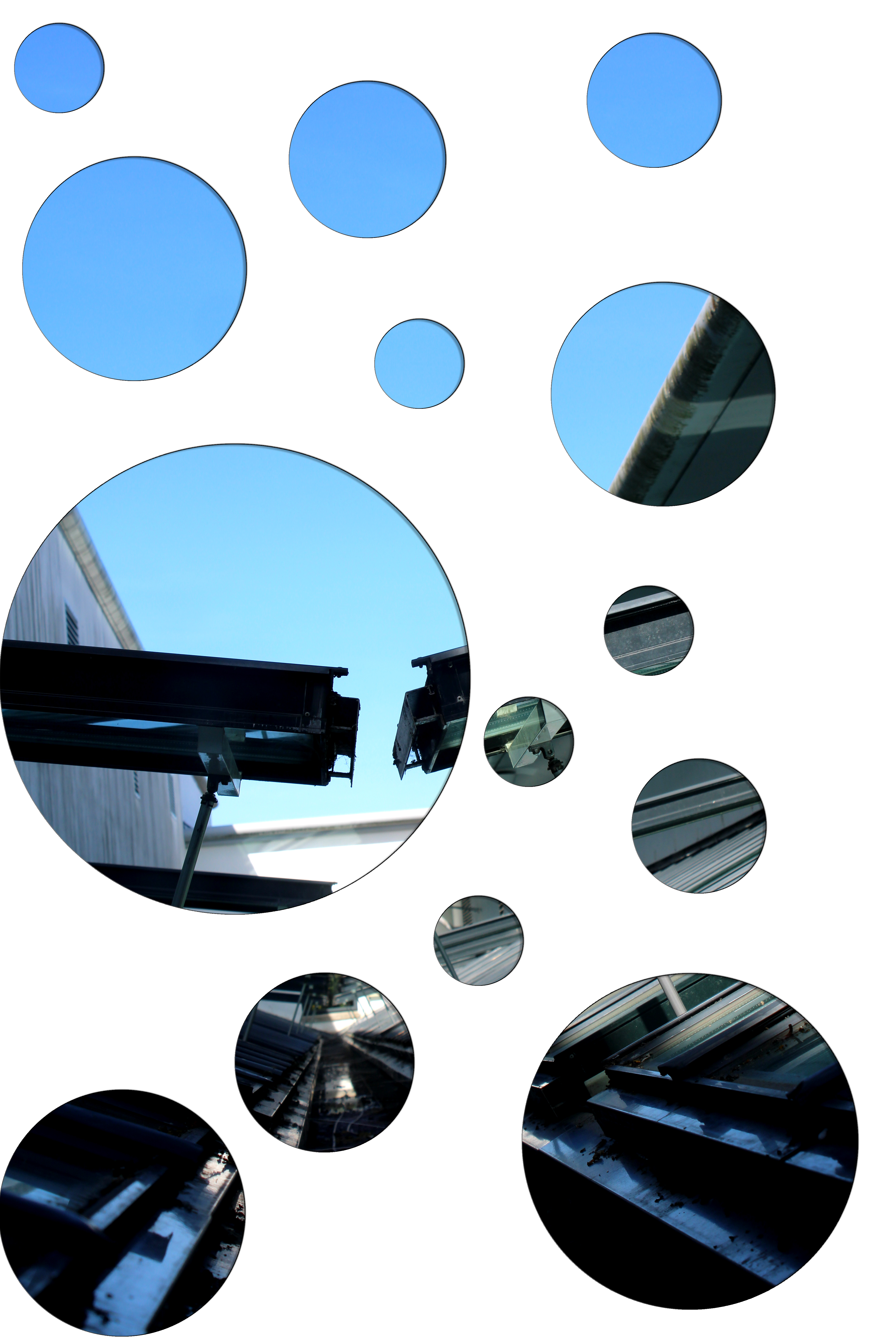
For my second edit I used a similar idea of only revealing certain parts of the image using shapes. However, this time I used text and circles to complete this effect. To do this I opened up an image from my projection photoshoot. I then pressed ctrl + J which copied the background layer. I then clicked the create new fill button located at the bottom of the screen. I then clicked solid colour. Once clicked I set the R, G and B boxes to 255 so I had a white background. I then dragged that layer below my Image 1 layer. I then added text saying the word ‘Abstract Photography’. Next I dragged the text layer below my image 1 layer to allow this idea to work. Now I made sure I was on the image 1 layer, then I right clicked the layer and pressed create new clipping mask. Once I did this put the text on the white background with the picture showing. I then pressed ctrl + t and shift to enlarge the text to fit my page. I then centred the text. I then clicked the fx and clicked drop shadow. I then adjusted the distance, speed and size sliders to allow the text to stand out more with a 3D effect. To complete this idea I repeated the steps from the first edit in order for the circles to be added.
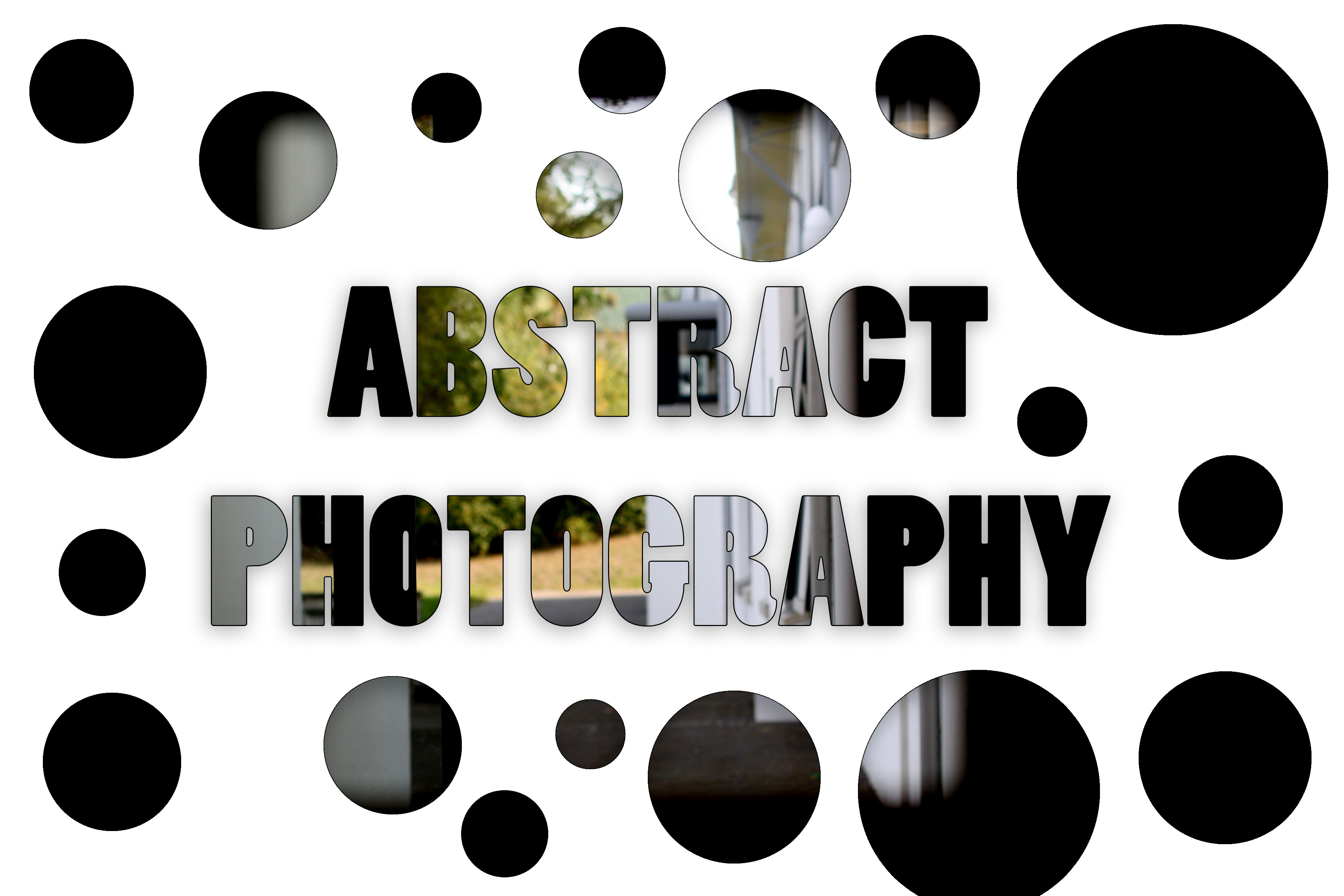
For my final edit I decided I wanted to use shapes again to present the photograph . This time I used squares. Using the rectangular marquee tool I cut out this image into five separate sections. Then I decreased the size of each layer using the transformation tool (ctrl + t). I then added a drop shadow and a stroke to each layer, square, and arranged them accordingly.
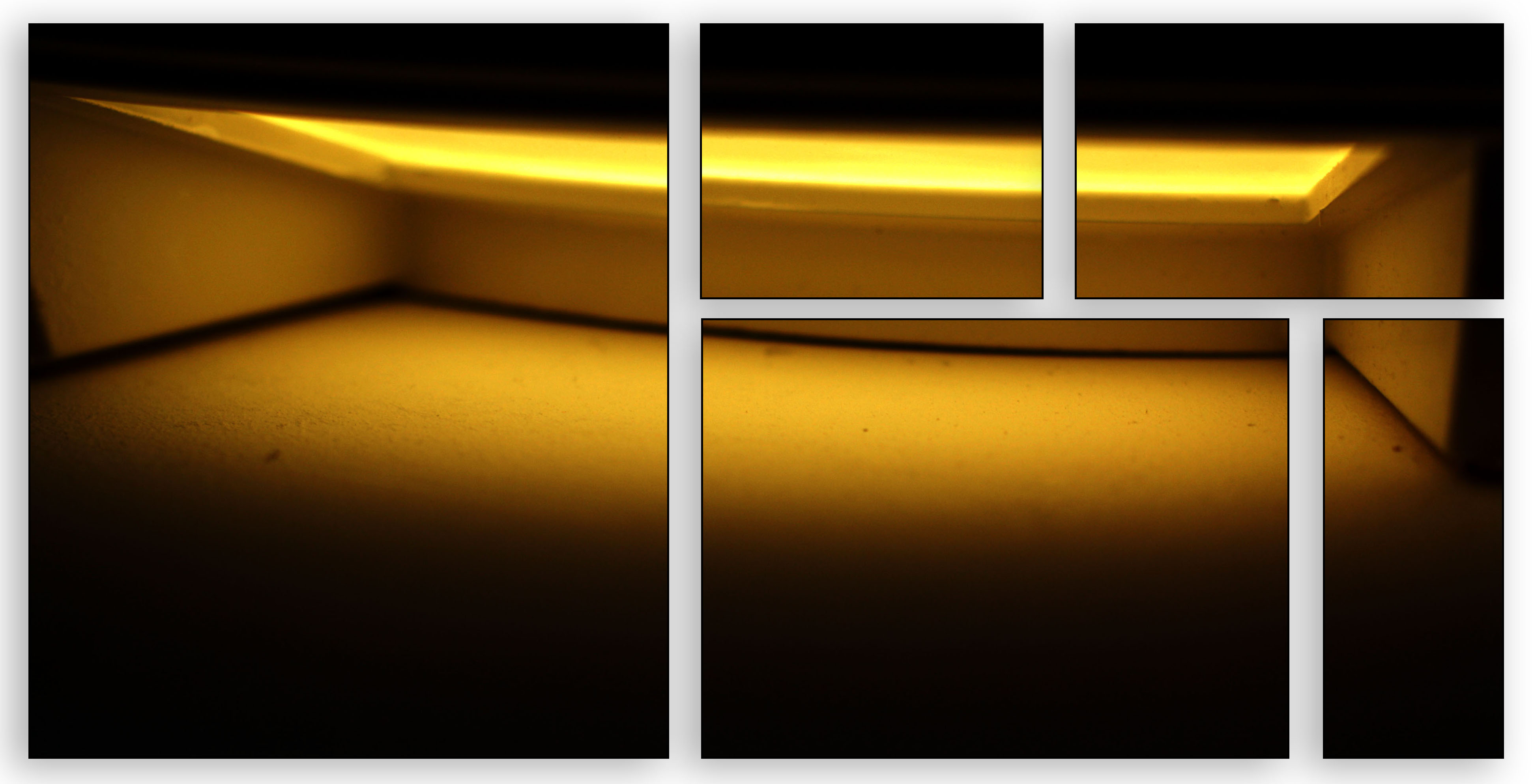
Evaluating The Ideas
Overall I believe that all these ideas have been successful at presenting the theme of abstraction. Each idea has used shapes in a unique way, in order to reveal certain aspects of the image. Doing this has allowed the viewers to look at certain parts of the image which they may not have originally noticed. It also allows the main focus point of each edit be more visible and easier to identify. Due to the edits being the way they are there is a sense of negative space which is presented, making all the edits seem more ‘spacious’ which makes it seem much more inviting. I think that the drop shadows and strokes which where added at the end, helps the shapes stand out and creates a 3D effect. I am very happy with the way these edits have come out as they clearly show development of my understanding of abstraction. Moreover, these edits have helped improve my knowledge of photoshop, which has allowed me to experiment more confidently.
I have decide to experiment With shutter speed and Aperture and depth of field. I have included some examples to show my response to the task.

The Image above is a picture I took with the objectives above however I decided to edit it as it was too dark and you couldn’t see what was in the picture so below I decided to change the brightness and contrast so you can see what is in the picture. Personally I think that the outcome is better than the original photo however I don’t think it would be classed as abstract photography as their is to much to focus on in the image.

Here is another example of shutter speed and aperture
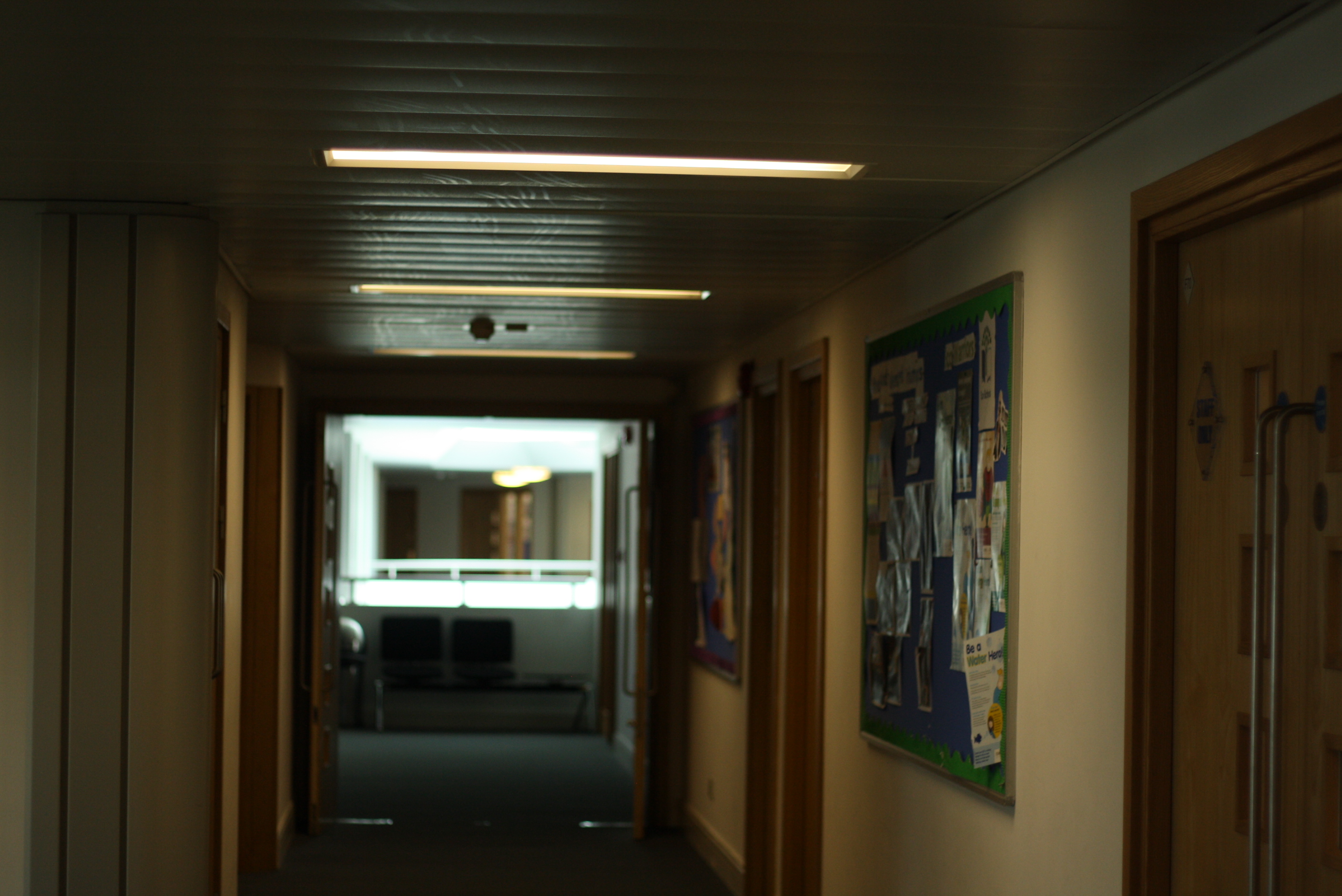
I like this image as you can see that it gets out of focus at the back of the image. For example you can see that the board closest is in focus however after that point it is out focus I am happy with the outcome of this photo so I haven’t decided to edit this photo as I think that the lighting is alright for this picture.